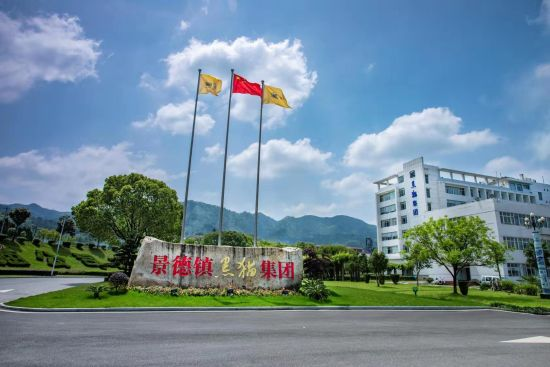Low nitrogen burners generally use exhaust gas or flue gas recirculation (EGR or FGR), chemical additives (such as ammonia) and catalysts to reduce the generation of nitrogen oxides. Because the flame temperature is the most important variable, the higher the flame temperature, the higher the nitrogen oxide concentration. Air preheating and furnace temperature are related to the flame temperature and have an important impact on the generation of nitrogen oxides.

When the excess air increases beyond stoichiometry, the amount of nitrogen oxides produced begins to increase. In recent years, low nitrogen gas burners have vigorously promoted the clean air plan and reduced coal consumption. Both coal-fired boilers for centralized heating and small coal stoves for cooking and heating in rural areas have been replaced by clean power under relevant policies.
It is understood that although gas is a clean power, nitrogen oxides will be produced in the combustion process, which is also one of the components of smog. According to the power plan during the 13th Five Year Plan period, the gas consumption will increase from 14.6 billion cubic meters to 20 billion cubic meters from 2014 to 2020. If the low nitrogen transformation is not adopted, gas combustion will become the primary source of nitrogen oxide pollution, resulting in a large amount of NOx
Low nitrogen burner, taken out of context, refers to the burner with NOx emission of 30 ~ 80 mg; The NOx emission below 30 mg is generally called ultra-low nitrogen burner. From the perspective of NOx generation mechanism, the skills of controlling NOx in coal-fired (gas) boilers mainly focus on two directions: reducing combustion flame temperature and reducing oxygen content. Many low nitrogen burner manufacturers plan according to the principle of boiler low nitrogen combustion transformation.

State Power Investment Group Co., Ltd. (referred to as "State Power Investment") is a super large st···

The coal chemical industry has a wide variety of products, a large economic output, and a wide coverage area, ···
24 hours dedicated to serving you
15563365608(wechat)
Address:No. 9 Ningshi Road, Zhangqiu District, Jinan City, Shandong Province
Email:admin@gacoch.com
